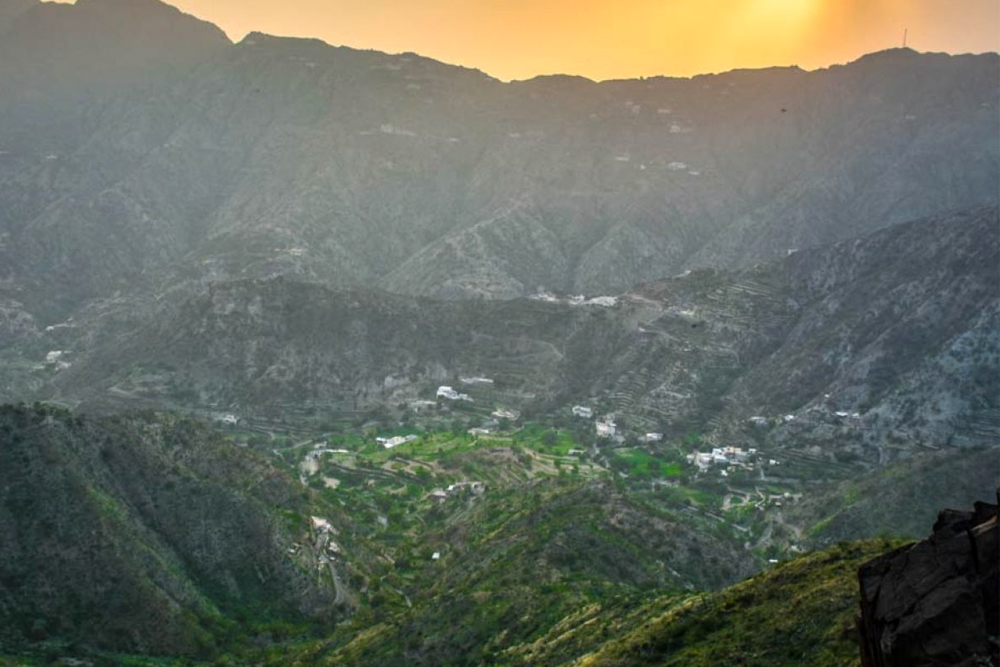
If you’re looking to escape into nature, to a mountainous region with wonderful, year-round climate, and lush green scenery, there’s one spot in Saudi Arabia’s Asir region that is perfect for you. Established in 1980, Asir National Park is the Kingdom’s first national park, and has been a favorite for many across Saudi Arabia since its opening. Located near Abha and nestled between the eastern desert region and the Red Sea, the park stretches 1,600 square kilometers and is surrounded by mountains and cliffs, with the Kingdom’s tallest, Jabal Soudah, rising 3,000 meters.
#Asir National Park is one of the unspoiled wilderness in the Kingdom
— SAUDI VIBES(@ItentertainSa) December 25, 2018
يعتبر منتزه #عسير الوطني احد المتنزهات البريةالبكر المتواجدة في المملكة#Saudi_Arabia pic.twitter.com/t8GG2q9ujk
The area, renowned for its favorable climate that allows for irrigation farming, stands in sharp contrast to the desert scenes Saudi Arabia is perhaps known for. The park itself provides visitors with stretches of grass and trees that give the magnificent scenery a tropical feel, as well as fog-covered mountains, weather that is cool in summer and colder in winter, with the occasional snowfall, and an abundance of wildlife.
Abha, the stunning Saudi city, was completely blanketed by the captivating purple of the unique Jacaranda trees.https://t.co/n0QByJrneH
— About Her (@AboutHerOFCL) May 12, 2020
The park also has 67 campsites, offering visitors the chance to be at one with nature, and 45 picnic sites for anyone wanting to relax and have a meal with a view. Offering ample room for outdoor activities, it’s also a favorite among hikers, giving one the chance to enjoy the scenery up-close. The park also offers a myriad of other activities to do, from taking a ride on a cable car, giving you a splendid view of the mountains and greenery below, to kite-flying and paragliding.
As you may already tell, you could also go sightseeing. Home to an assortment of wildlife, varieties of birds such as eagles, herons, and vultures, iguanas, and Hamadryas baboons can be seen, especially in the southern region. The mountains are also home to the endangered Arabian leopards, but the mountainous area and elevation make it hard to spot them. According to LonelyPlanet.com, these magnificent leopards live above 1,500 meters from ground level.

















